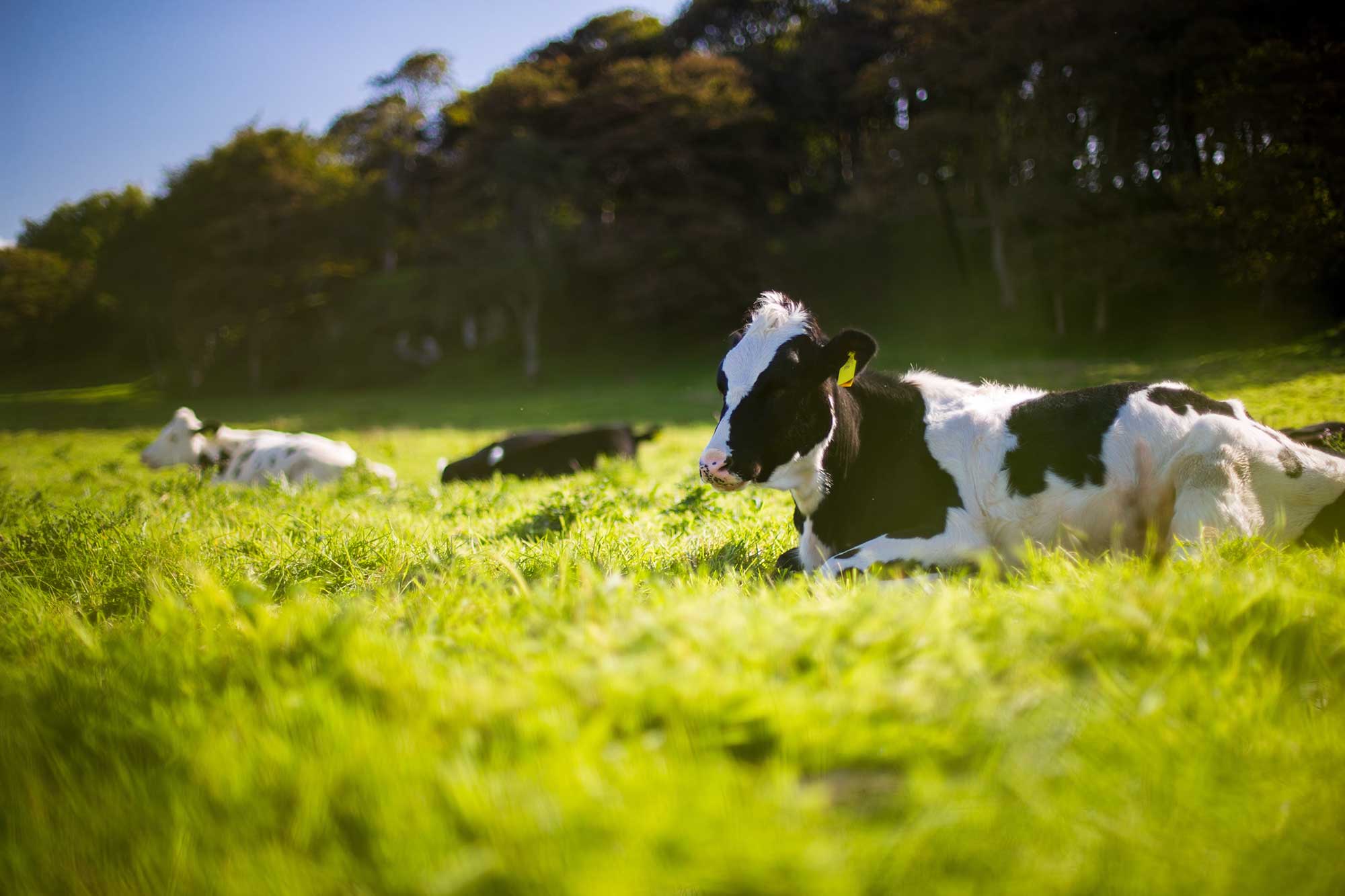As we all know, sustainable livestock production is about driving productivity by fine-tuning animal nutrition and implementing disease and weed management strategies. Not only do sustainable practices increase productivity and profits by reducing reliance on external inputs, but they also protect our ecosystem and biodiversity against environmental degradation, soil erosion, water contamination, and greenhouse gas production.
But how is that related to genetics?
As we have touched on in previous blogs, the genetic data obtained from genotyping allows farmers to identify desirable genetic traits in livestock, facilitating selective breeding for improved productivity, resistance to animal diseases, and environmental adaptability. Generally speaking, farmers select for these traits to drive the efficiency of their livestock production systems, but they also happen to align very well with sustainable livestock production practises.
In this blog, we’ll outline how you can use genotyping in your livestock operations to boost not just productivity and profitability, but also sustainable development.
Precision feeding
In the livestock sector, ‘precision feeding’ refers to the precise adjustment of animal nutrition to individual or group requirements, considering factors like age, weight, and health. It fine-tunes nutrient intake, drives efficiency, reduces waste, and promotes animal health and welfare. Farmers often consider precision feeding to maximise productivity while also minimising resource use and environmental impact.
Step 1: Identify animals with high feed efficacy
Through genetic analysis, researchers can pinpoint variations in genes related to metabolism, digestion, and nutrient absorption that influence an animal’s ability to convert feed into usable energy and nutrients effectively. However, this can only be done when coupled with high quality observational data and record keeping from the people on the ground. By identifying these genetic markers through genotyping, farmers can select animals with favourable genetic profiles for efficient feed conversion, allowing for targeted breeding programs aimed at improving feed efficiency within their livestock populations. This approach allows farmers to breed animals that require less feed to achieve optimal growth and productivity, leading to cost savings, reduced environmental impact, and improved overall efficiency in animal production.
Step 2: Employ precision feeding strategies
Effective precision feeding strategies include:
- Real-time monitoring: Using technology to track individual animal intake and adjust feed allocations accordingly.
- Nutrient balancing: Formulating feed rations to provide precise amounts of essential nutrients for optimal growth and health.
- Feed additives: Incorporating supplements into feed to address nutritional deficiencies or improve digestive efficiency.
- Precision feeding equipment: Using advanced feeders to deliver precise amounts of feed, minimising waste and driving efficiency through sustainable food systems.
- Targeted feeding programs: Implementing feeding regimes tailored to different production stages or animal groups.
- Feed management software: Utilising software to analyse data and fine-tune feeding strategies for maximum efficiency.
Lowering greenhouse gas emissions
Livestock digestive processes are the primary source of greenhouse gas emissions in Australia’s agricultural sector. Unfortunately, options for reducing these methane emissions, particularly in grazing systems, are currently limited. One promising avenue is Methane-reducing feed supplements (e.g. Asparagopsis and 3-NOP (Bovaer)), and forage feeds (e.g. Desmanthus and Leucaena) have shown potential in reducing livestock emissions. In fact, research has shown some feed supplements can reduce methane emissions by over 80% under ideal conditions. These supplements work by inhibiting the production of methane in the animals’ digestive systems.
The role of genotyping
As explained by Kamalanathan et al. (2023), their research indicated that the heritable component in methane emissions from dairy cattle varies, ranging from 0.12 to 0.45, depending on the specific trait and lactation stage examined. Given this genetic influence, selecting for specific genetic traits emerges as a practical strategy, potentially yielding significant improvements over time. Genotyping makes it possible to access the genetic data needed to make informed breeding decisions towards this goal.
Promoting sustainable production
The extent to which different mitigation strategies will reduce the negative environmental impacts of methane emissions remains unclear. However, the cultivation of low-emission livestock through genotyping is anticipated to play a vital role. This approach is key to promoting environmental sustainability, conserving natural resources, improving air quality, and supporting resilient and efficient agricultural systems.
The role of XytoVet
For dairy farmers interested in selection for sustainability traits, DataGene’s Sustainability Index is an excellent tool that supports you to fast-track breeding for reduced greenhouse gas emissions. The index itself is a relative ranking of animals expressed as a unit against a base of zero. By placing greater emphasis on the traits that contribute to reducing emissions intensity (production, survival and feed saved), you can make meaningful strides in lowering greenhouse gas emissions and use the index to measure the success of your sustainable livestock management practices.
If you would like to access DataGene’s Sustainability Index, we can walk you through the process of collecting your genetic samples and then prepare them for submission via DataVat, DataGene’s web portal. Get in contact today and our team will be in touch as soon as possible.











